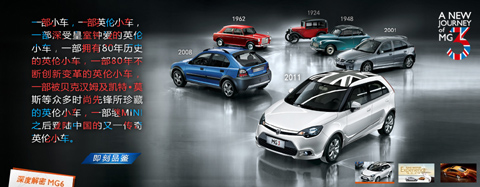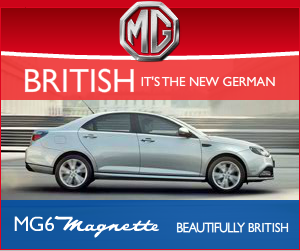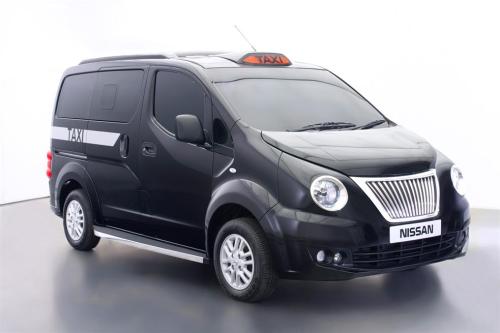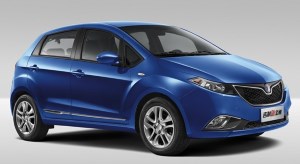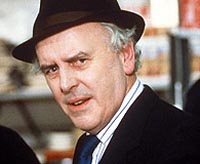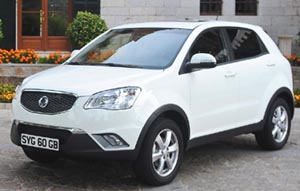 I have to admit I get a bit bored of those crying foul now that MG will launch an SUV, one which seems to have some parallels with the Ssangyong Korando C (left).
I have to admit I get a bit bored of those crying foul now that MG will launch an SUV, one which seems to have some parallels with the Ssangyong Korando C (left).
They say that MG should have made sports cars as part of its revival, and that the brand should not adorn a bunch of Chinese-made saloons and an upcoming SUV.
Let’s look at a few hard facts.
MG did make a sports car when NAC, and later SAIC, took over. It was the British TF design. And they sold fewer than 100 cars per year in the 2007–11 period, despite it being the cheapest roadster on the market in China. It wasn’t just Chinese buyers who ignored them: the TF was the first model revived at Longbridge, with very keen pricing, and hardly any Britons touched them, either.
So if you were a business and you were confronted with decent sales of your saloon cars and dismal sales of your sports car (after building a whole new factory for them), where do you place your efforts?
You give the people what they want.
What’s surprising is that this is hardly unprecedented in MG history. There have been MG saloons for a good part of its existence, but right now, there are parallels with the 1980s. Then, the MGB had died in 1980, and Austin Rover decided it would launch a range of sporting saloons based on the humble Metro, Maestro and Montego. That’s no different to today’s MG range of the 3, 5 and 6—there’s even a 7, based on the old MG ZT.
And globally, but more importantly, in MG’s domestic and key export markets, SUVs are selling strongly.
Again: you give the people what they want.
I was one of the very few people who wrote that I believed the Porsche Cayenne would be a huge hit at the turn of the century, and that the Porsche brand could survive such an extension. I was right.
MG’s brand can easily be extended, given that it has had a less focused history than Porsche. At two points during its British ownership, it sold estates, for goodness’ sake—once in New Zealand, with the Montego-based MG 2·0 SL, and toward the end of the Phoenix Four era, with the MG ZT-T.
A good deal of estate buyers now eye up SUVs, and that is simply a trend that SAIC is following.
A sports car may follow in time. There will be a fastback based on the Auris-like MG 5, and not a moment too soon. A “proper” sports car could come if the rest of the range does well. SAIC isn’t run by mugs, and they know the heritage of the MG brand.
MG sister brand Roewe has been voted the best in service and customer satisfaction among car dealerships, beating even the foreign-branded competition in China, while the Roewe 350 topped its class for customer satisfaction, according to the China Quality Association. The MG 3 came second in its segment.
We’re talking about the most competitive car market on earth, and the Chinese equivalent (as far as I can make out) of the J. D. Power survey.
Those accolades are things that BMC, BL, Austin Rover, Rover Group and MG Rover could only dream about, especially through the 1970s.
I’d rather people give SAIC the acclaim it deserves for giving MG a decent go where the British and the Germans had failed—and for putting money where its mouth is.

